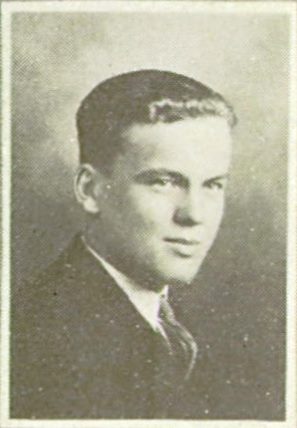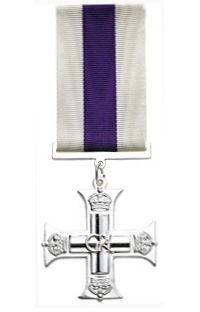Even as the war was nearing its end, the Germans did not show any sign of giving up. The Canadians had crossed the Issel River at a point southeast of Appledorn. The 2nd and 3rd Infantry Divisions then turned north parallel to the Issel to capture the town of Zutphen on 7 April and then moving on to capture the town of Deventer about 15 kilometers away. Running west to east and forming a major obstacle in front of Deventer was the Schipbeek Canal. To avoid as much as possible the series of waterways and ditches protecting both towns, attacks were launched from the east forcing the enemy back against the Issel.
An extract from an unofficial history of the 6th Field Company describes the atmosphere at the time of Lt Mann's action.
"The Infantry [The Royal Winnipeg Rifles] was having difficulty in obtaining a bridgehead for our next crossing of the Zinanaal being opposed by another fanatic group of Hitler youth who were well supplied with mortars and who laid down a continual sniper fire. However, by making a sudden change of bridge site, even with a very shallow bridgehead, we were able to open for traffic a 40 ft. SS Bailey called “Sniper’s Alley” at 0155 hours on April 10th. Two casualties were evacuated from this bridge. Spr. Hedin was wounded by shrapnel while Spr. Schmitz received a badly injured foot when the bridge slipped off the rollers as it was being launched.
On April 10th 7th Cdn. Infantry Brigade entered DEVENTER. No. 1 Platoon [Lt Mann] with the assistance of an armed D-7 dozer, filled in ditches to make temporary tank crossings and also removed several steel rail obstacles. The "Sniper’s Alley" bridge was still being mortared during daylight hours.
While on maintenance, L/Cpl. Fleger and Spr. “Dusty” Rhodes were wounded by mortar fire. Along toward evening, No. 3 Platoon’s halfback received a direct hit blowing off all the superstructure. Spr. Antonson was wounded while Spr. Waye, who was riding in the cab with him, got away without a scratch. All three men were sent to hospital. No. 1 Platoon continued clearing roadblocks in DEVENTER but was hampered by celebrating civilians making it almost impossible to use explosives in the narrow streets. Cutting torches were needed in several cases of steel rail blocks."
Lieutenant Neville Mann died in 2000.
On 10 April 1945, Lieutenant Mann was detailed to be in charge of an engineer party in support of 7 Canadian Infantry Brigade in their crossing of the Schip Beek River approximately two miles southeast of Deventer, Holland. He was with the forward infantry battalion, the Royal Winnipeg Rifles and it was imperative that an improved crossing be constructed at this point. Lieutenant Mann, in full view of the enemy who were about 25 yards away, proceeded to construct this improvised bridge. With only small arms fire to cover him, this officer braved the enemy fire which consisted of machine gun, rifle and grenade fire and succeeded in erecting a bridge of planks so that the infantry could cross and proceed with the 7 Canadian Infantry Brigade. It is without doubt that but for Lieutenant Mann's courageous and daring act the attack could not have gone through and any delay would have been costly. The infantry thus inspired by this officer's disregard for his own personal safety and his bravery crossed over the bridge and succeeded in their attack. Their admiration for this Engineer Officer will long be remembered in the Royal Winnipeg Rifles.

